Return to NJHA 100 Main
Get to know the rich history of NJHA and healthcare in New Jersey through images from the distant – and not-too-distant – past.
Click picture to see a larger version.
1910
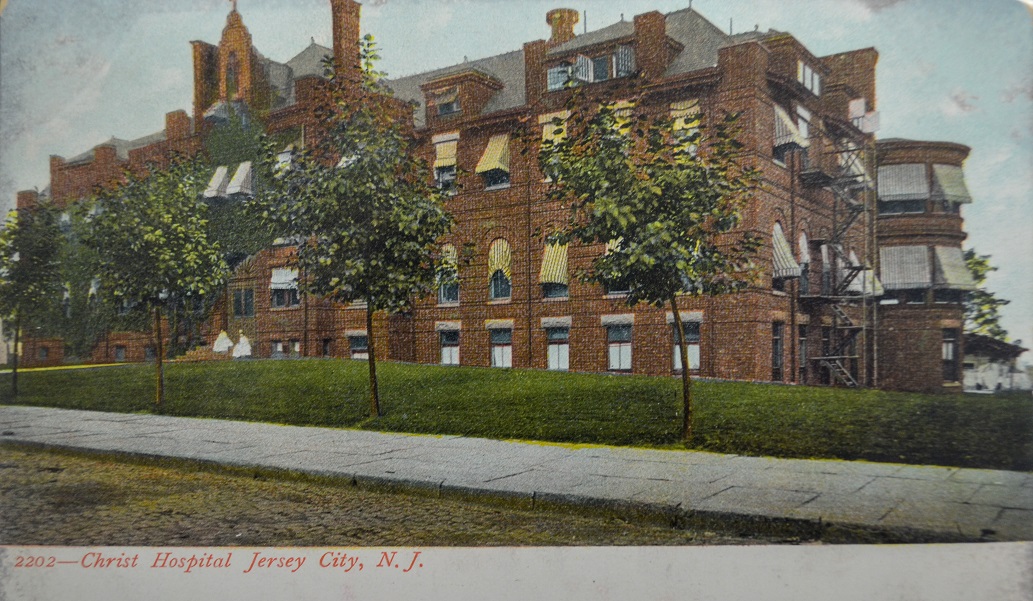
Christ Hospital
|
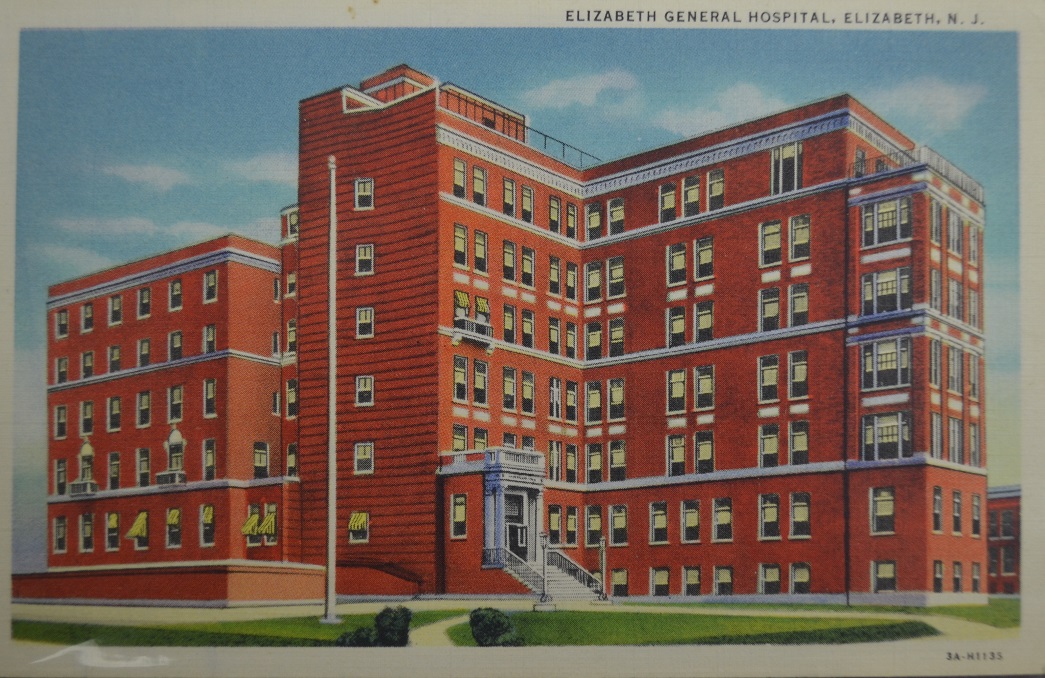
Elizabeth General Hospital
|
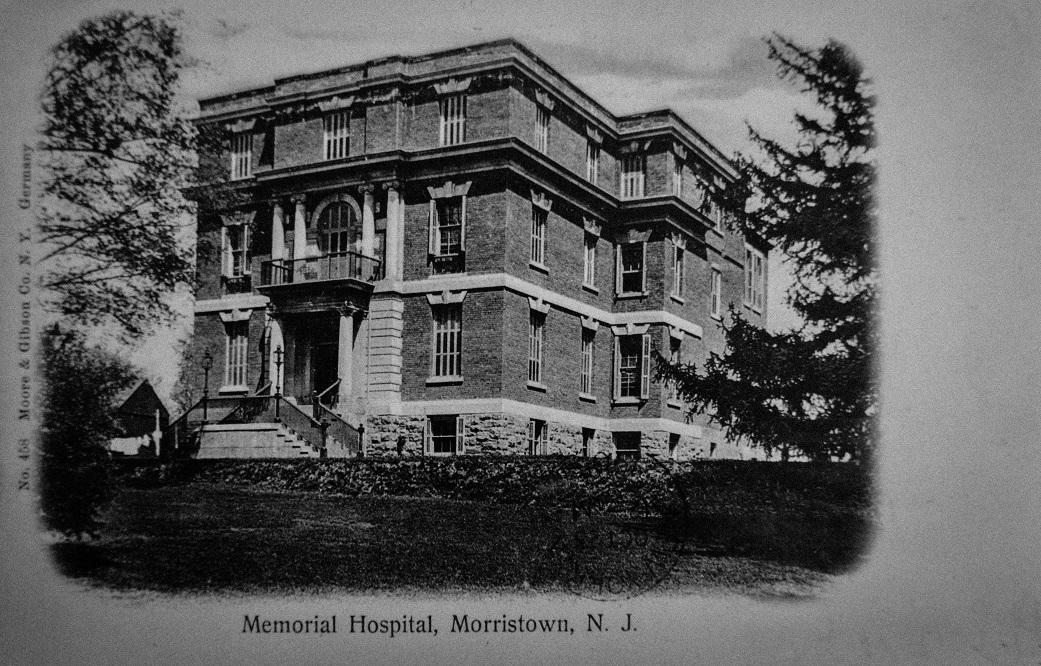
Morristown Memorial Hospital
|
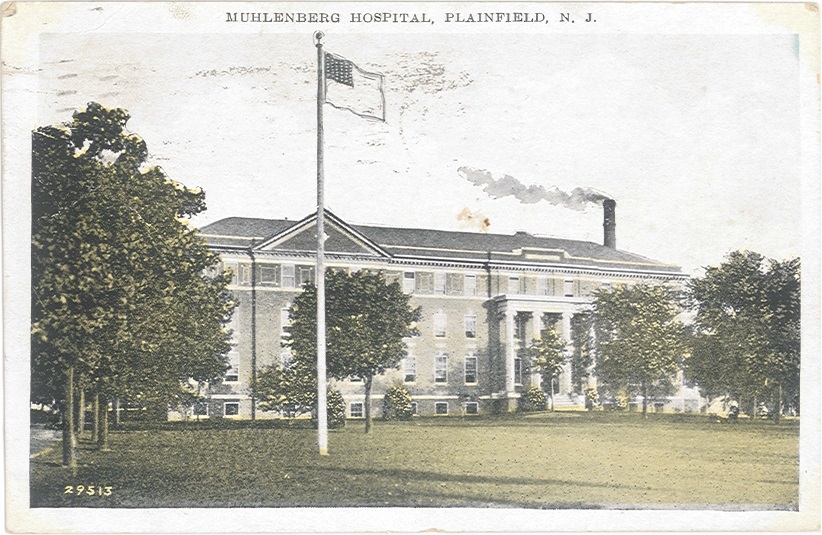
Muhlenberg HospitalMuhlenberg Hospital, Plainfield, now an ambulatory center for Hackensack Meridian Health
|
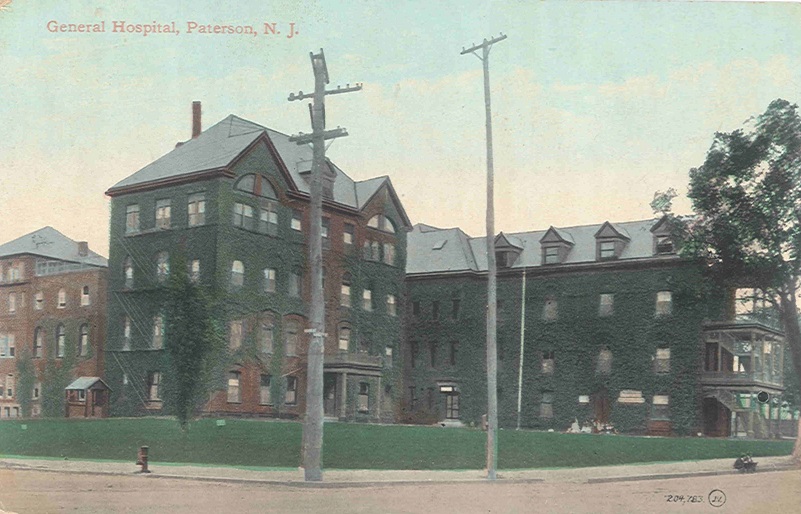
Paterson General Hospital
|
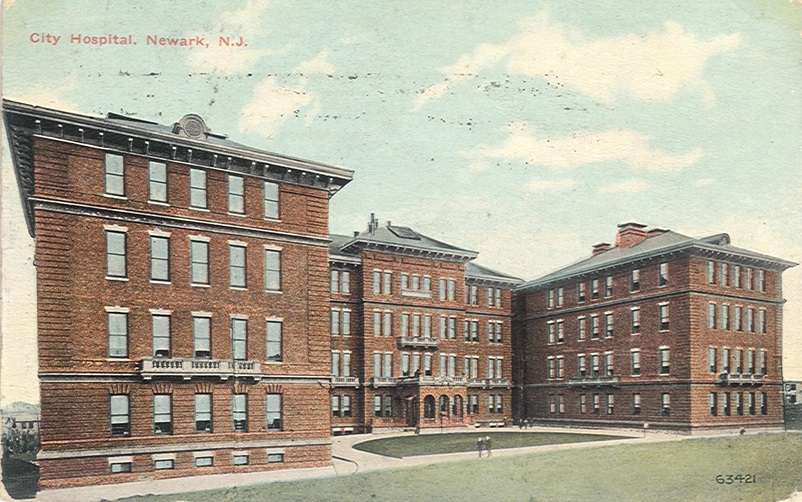
City Hospital
|
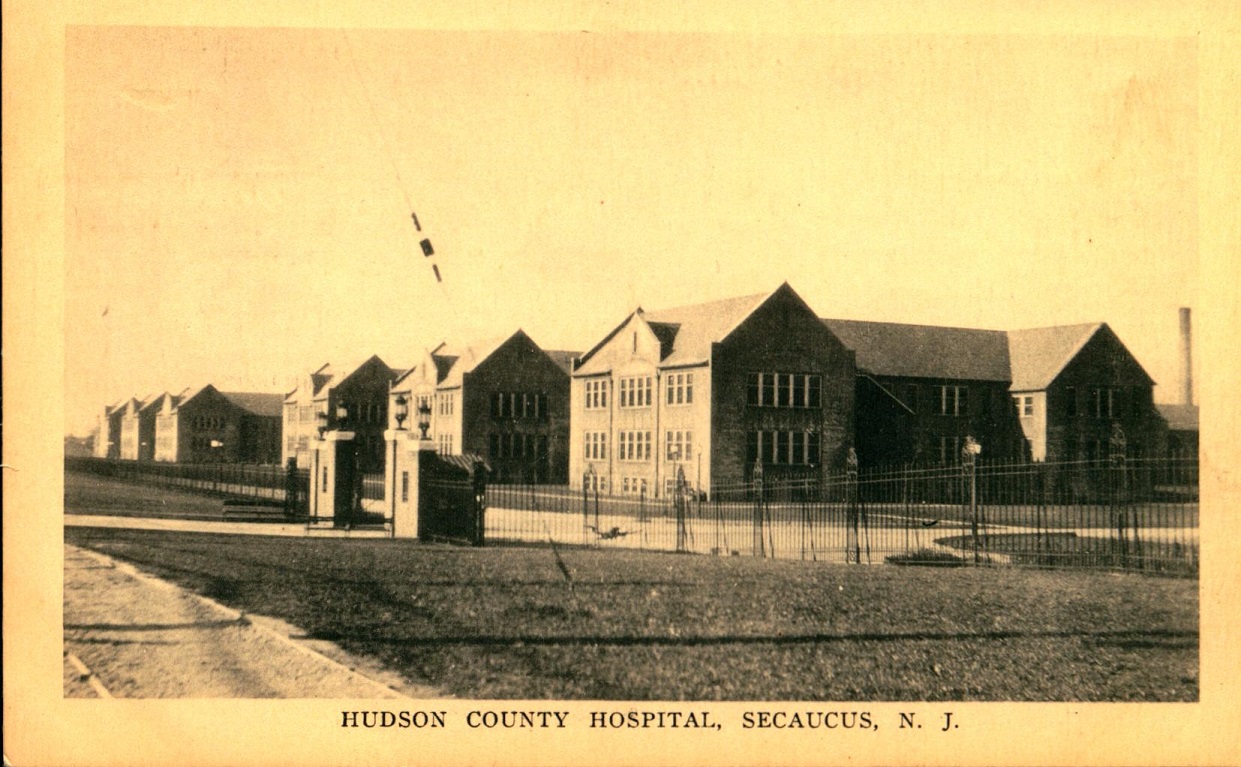
Hudson County Sanitorium
|
1920

First NJHA Annual Meeting
|
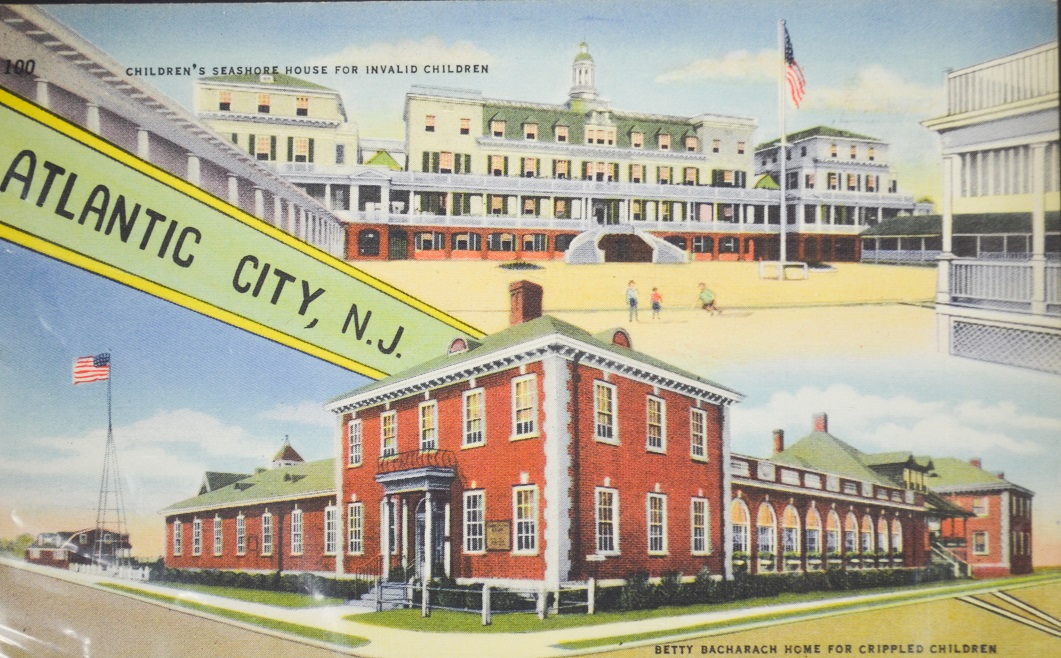
Betty Bacharach Home for Crippled Children
|
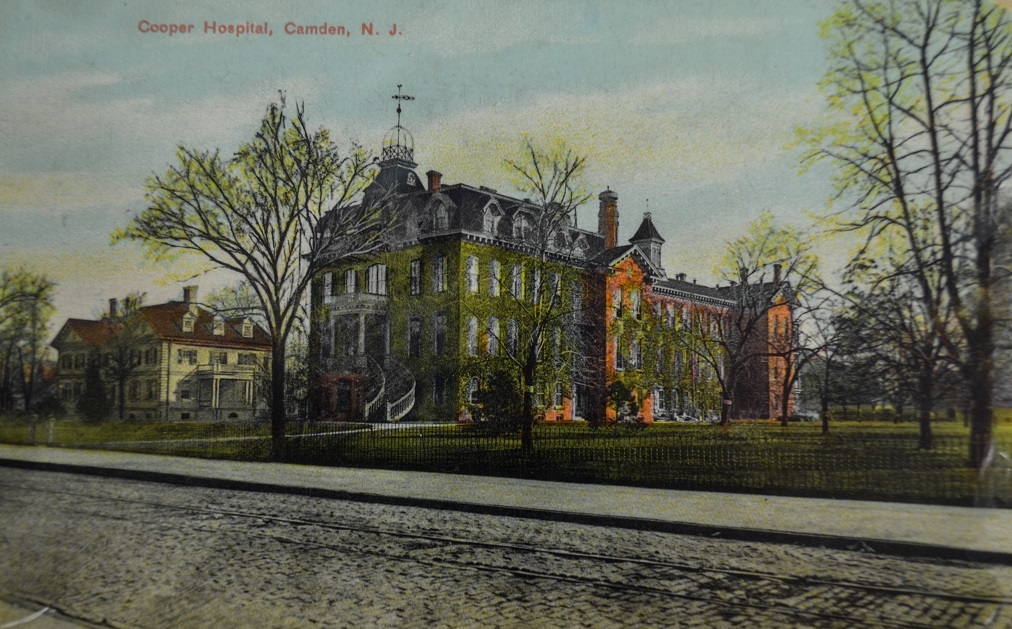
Cooper Hospital
|
1930
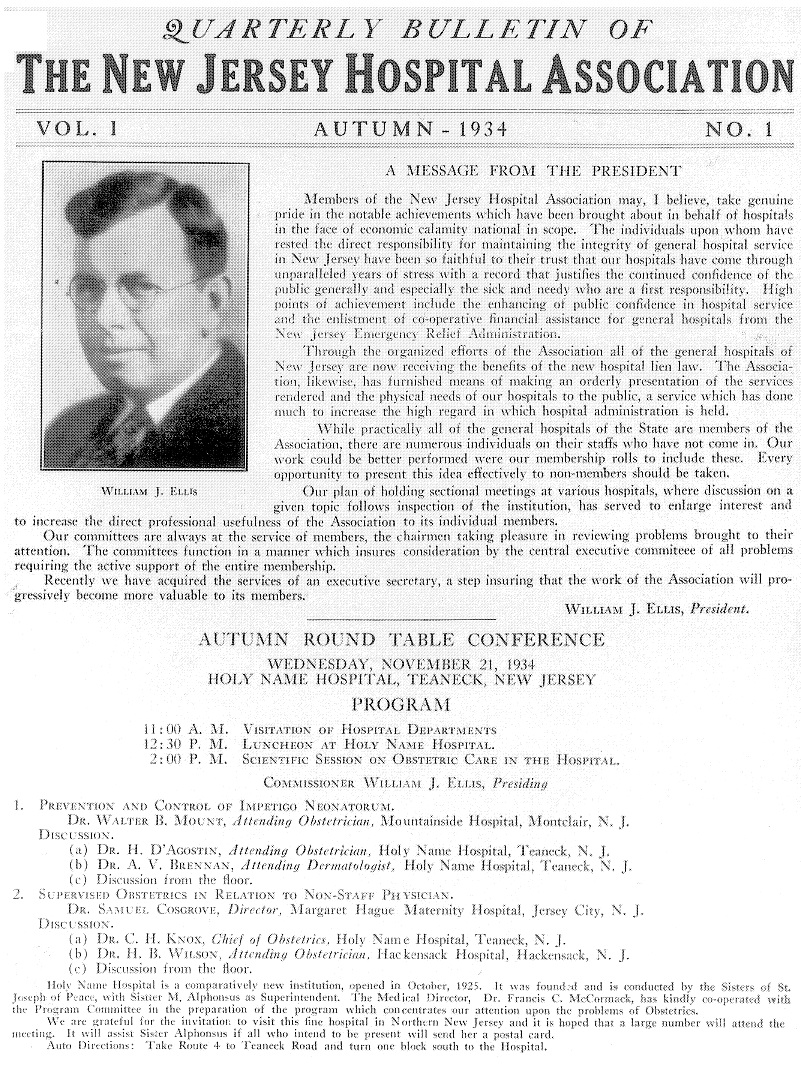
NJHA Quarterly BulletinThe Autumn 1934 edition of the NJHA Quarterly Bulletin, featuring a letter from William J. Ellis, president of NJHA and commissioner of the New Jersey State Department of Institutions and Agencies.
|
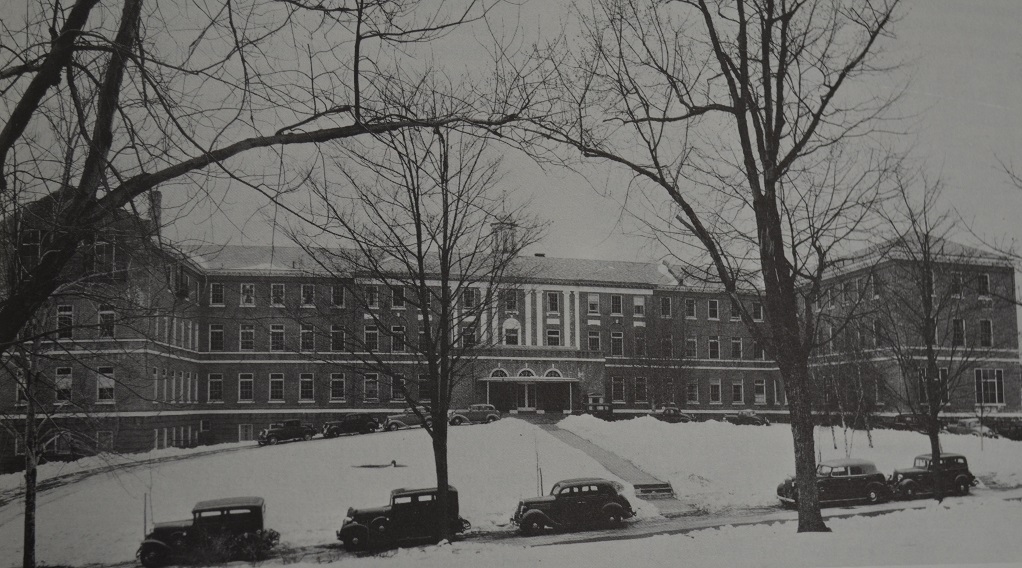
The Mountainside HospitalThe Mountainside Hospital in Montclair completed its West Wing addition in 1931, bringing the total number of beds to 350 (Courtesy of Heritage of Caring by Robert D.B. Carlisle)
|

Jersey City Medical Center
|

13th NJHA Annual Meeting
|
|
|
1940
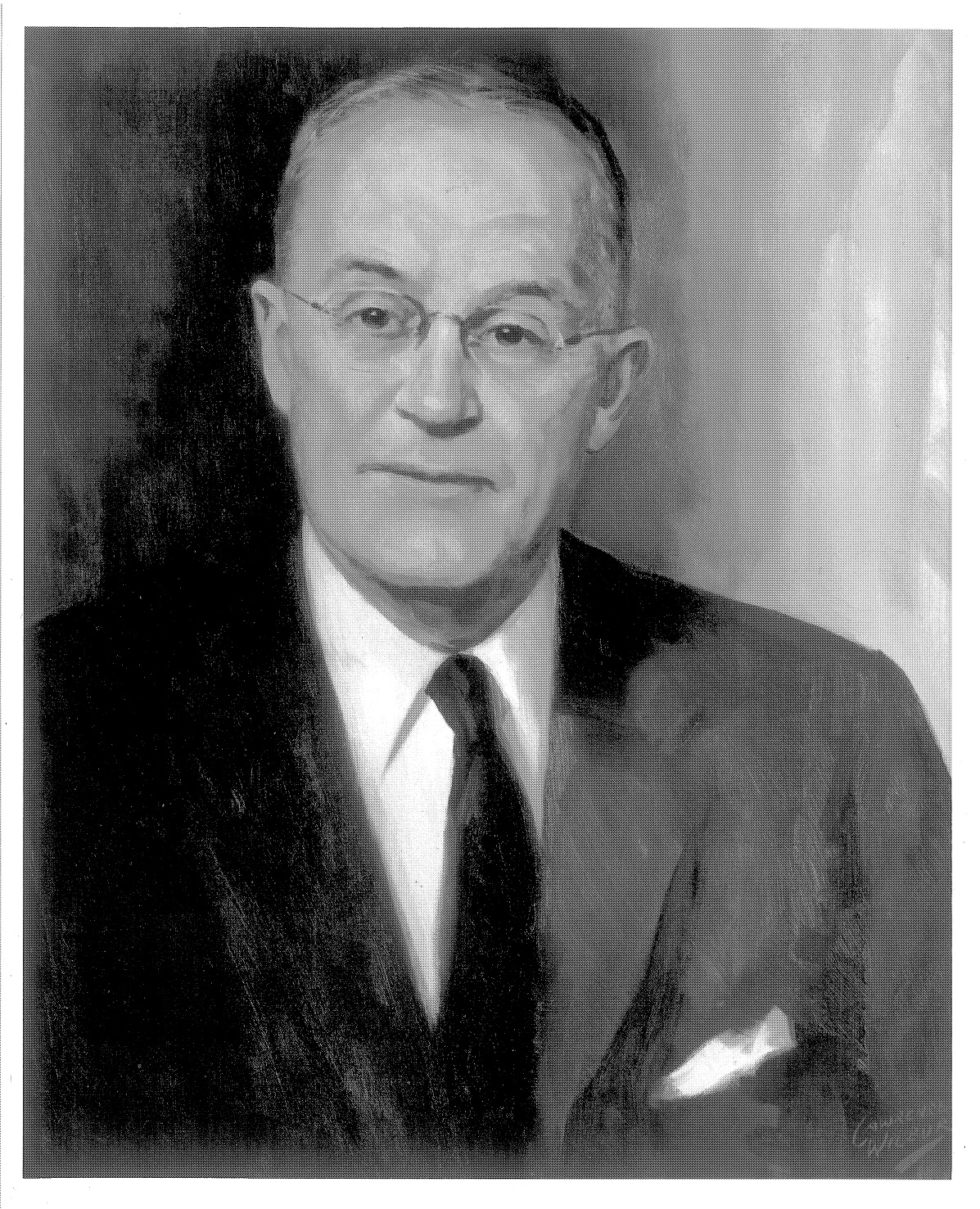
J. Harold Johnston
|
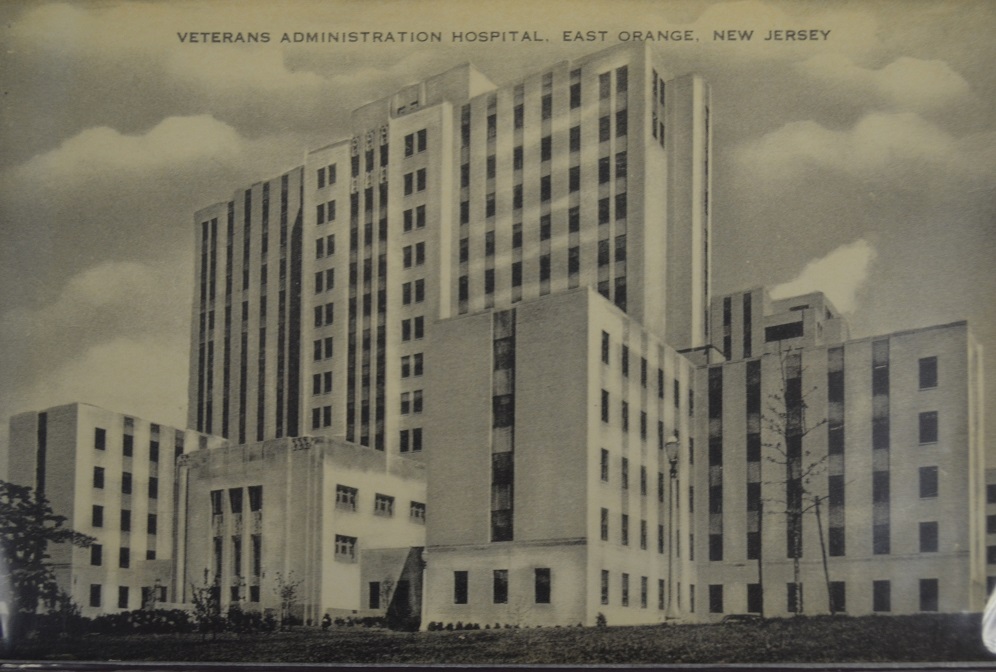
Veterans Administration Hospital
|
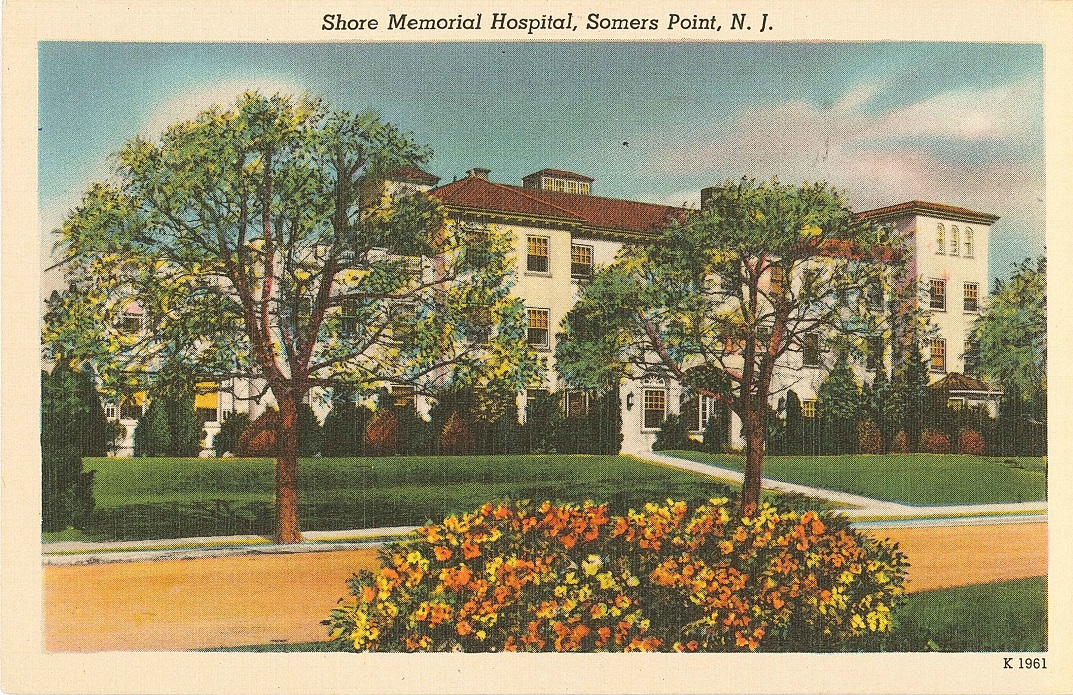
Shore Memorial Hospital
|
1950

The Valley Hospital
|
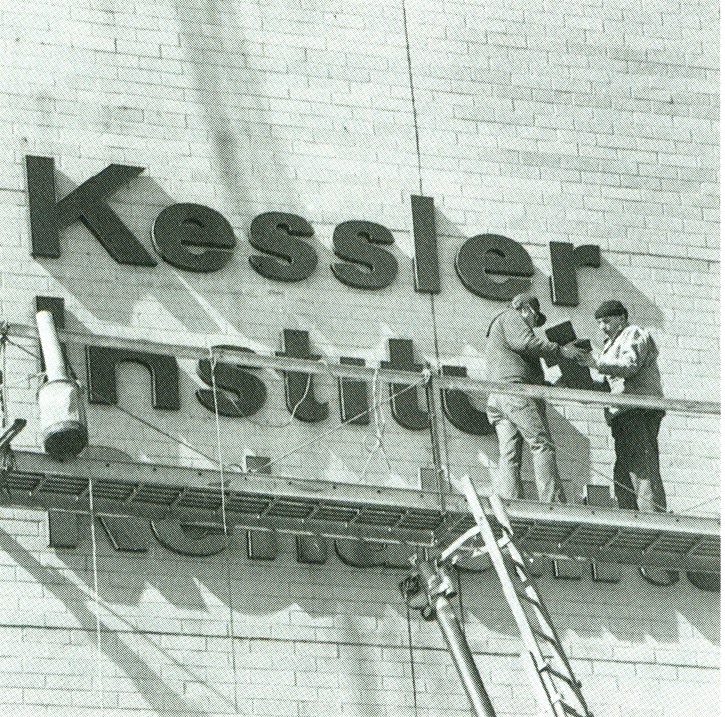
Kessler Institute for Rehabilitation
|
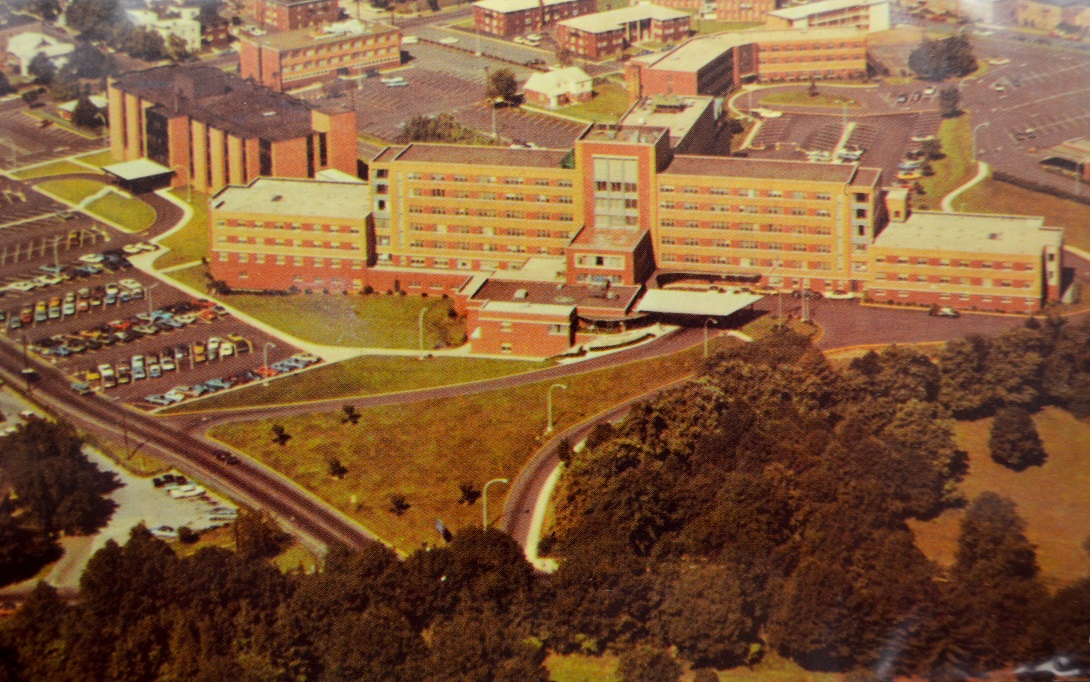
Clara Maass Medical Center
|
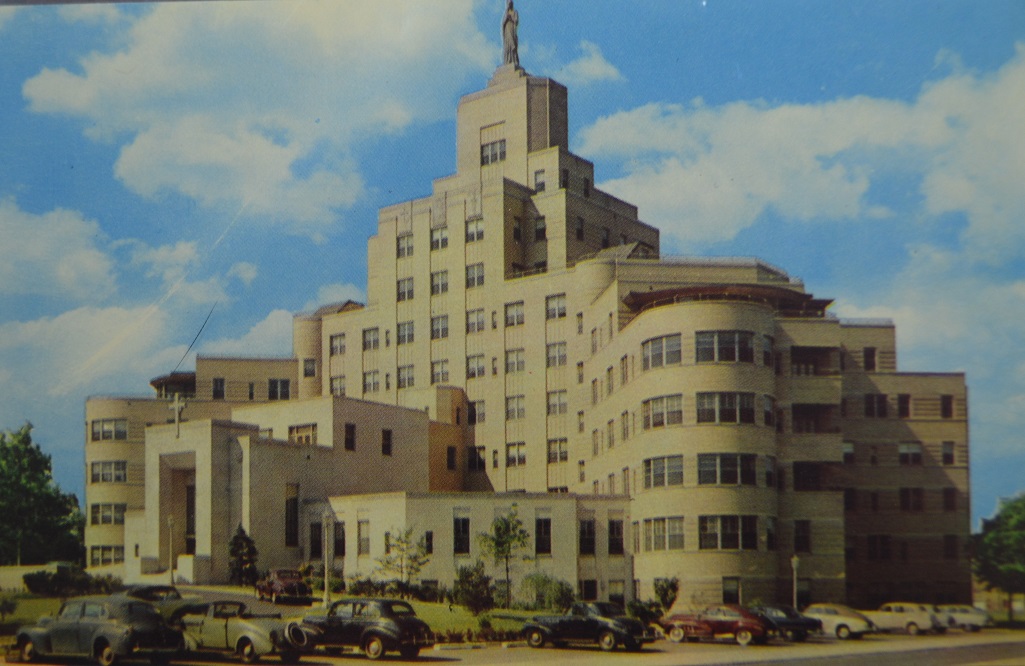
Our Lady of Lourdes Medical Center
|
|
|
1960
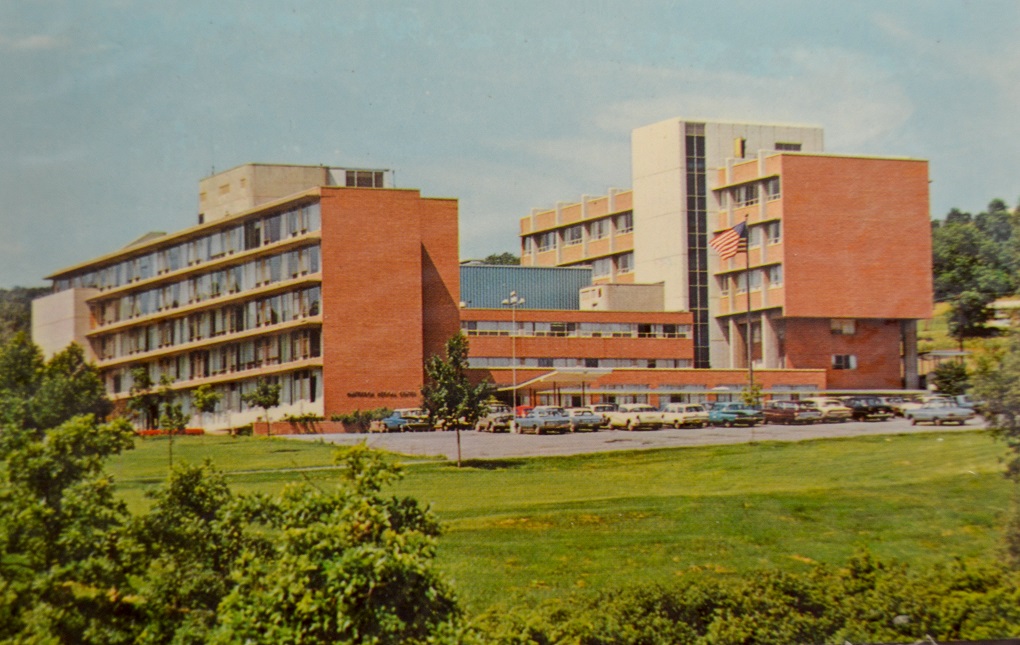
Hunterdon Medical Center
|
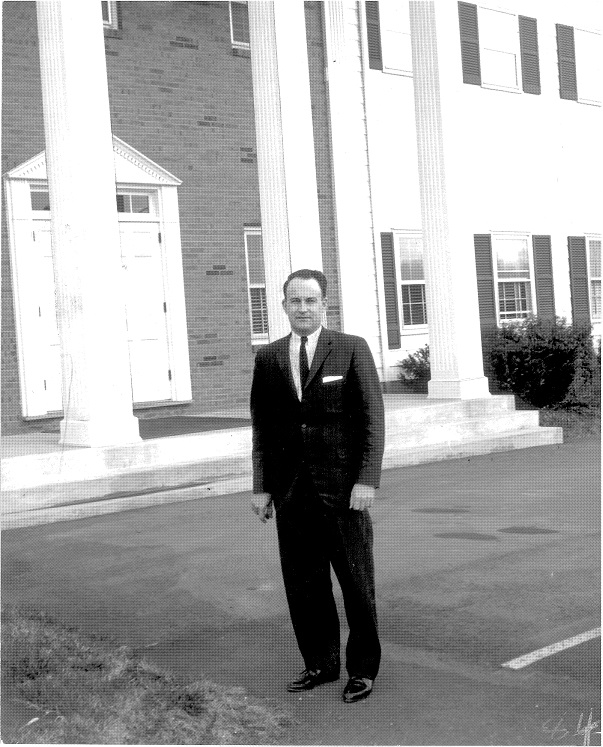
Jack Owens
|
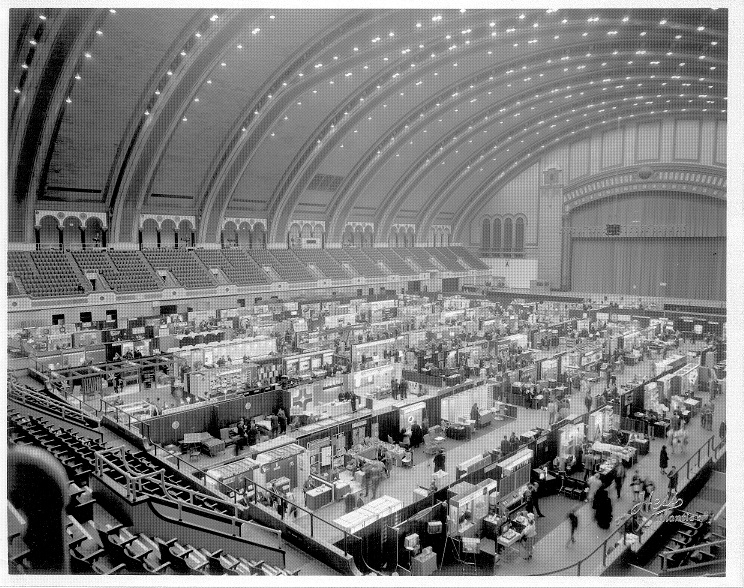
Middle Atlantic Hospital Conference
|
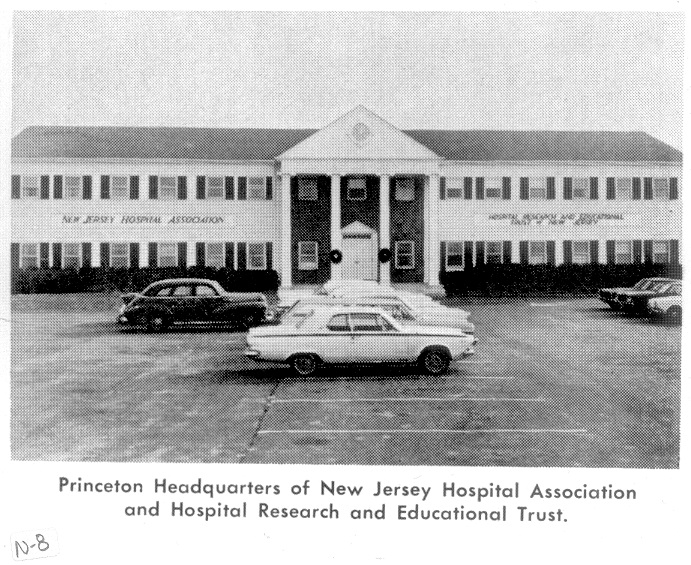
NJHA’s Second Building
|
|
|
1970
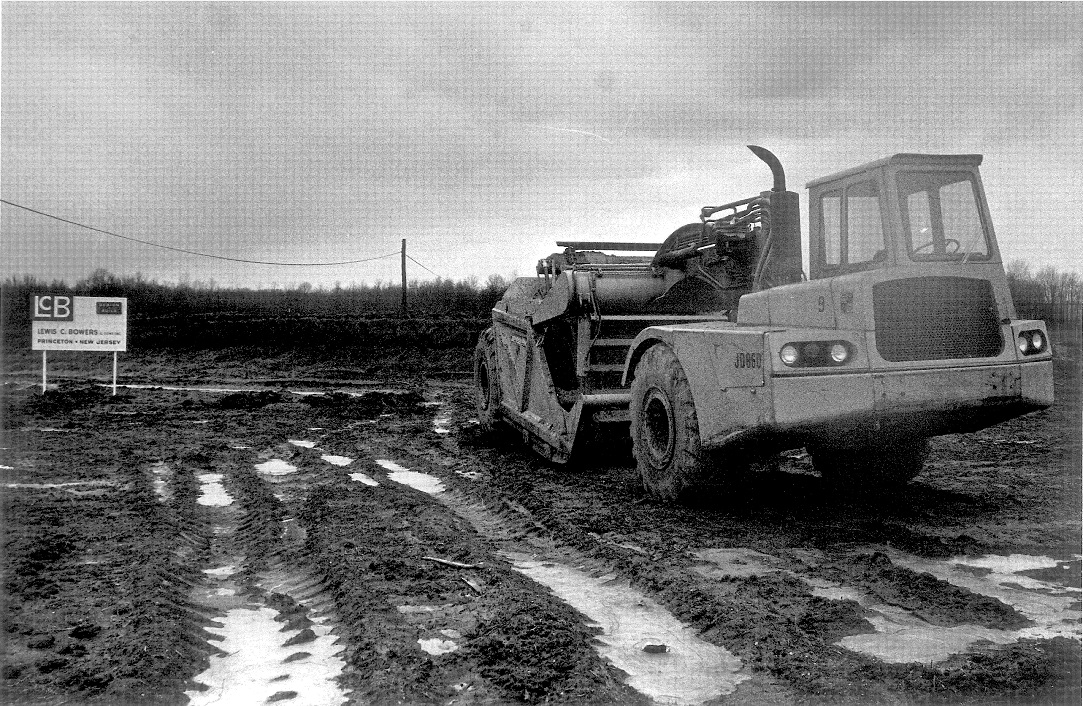
Center for Health Affairs
|
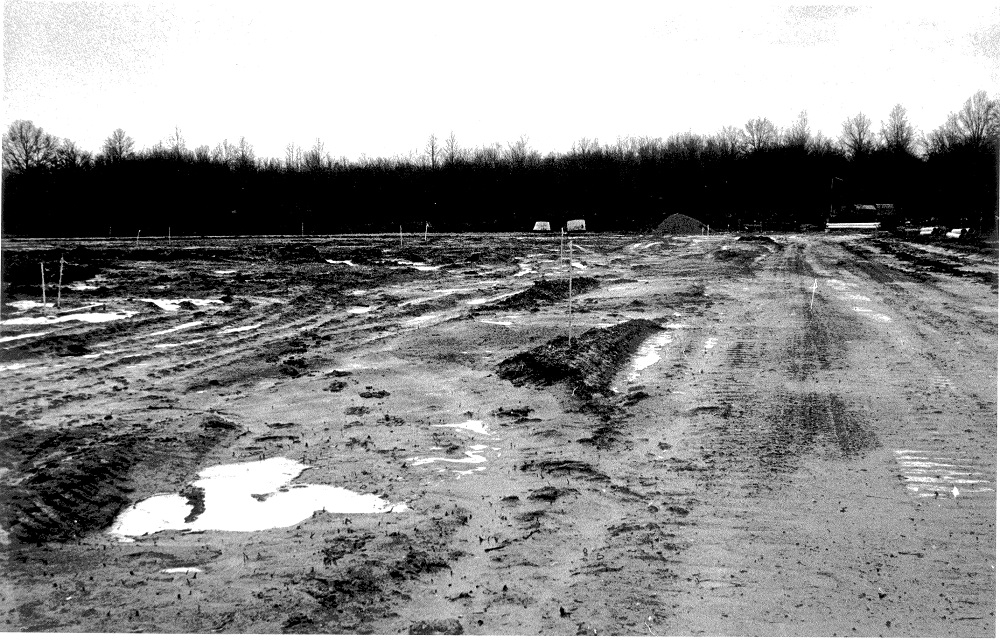
Center for Health Affairs
|
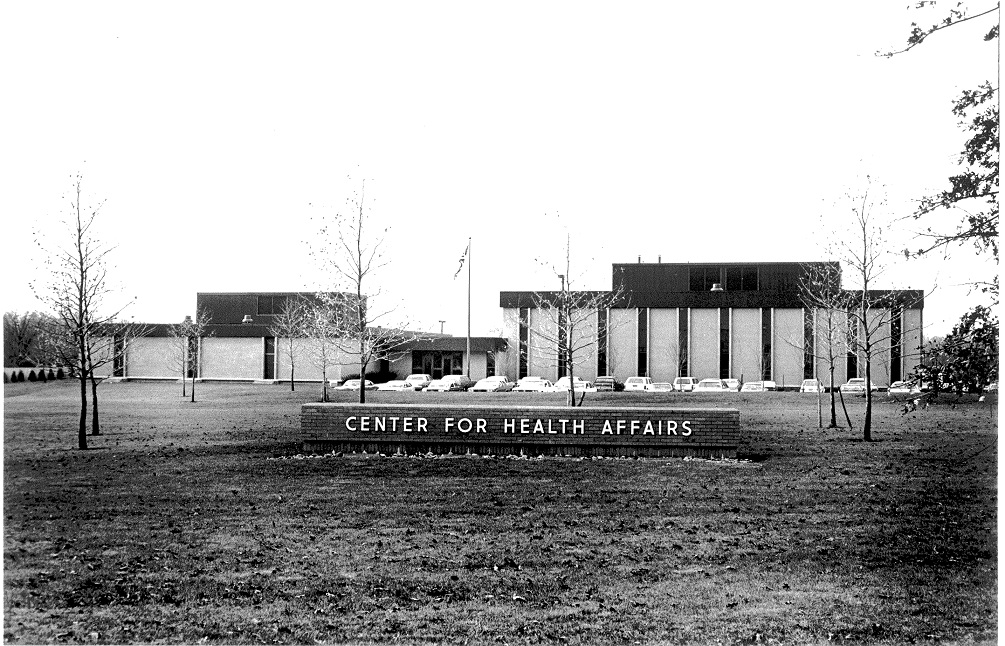
Center for Health Affairs
|
1980
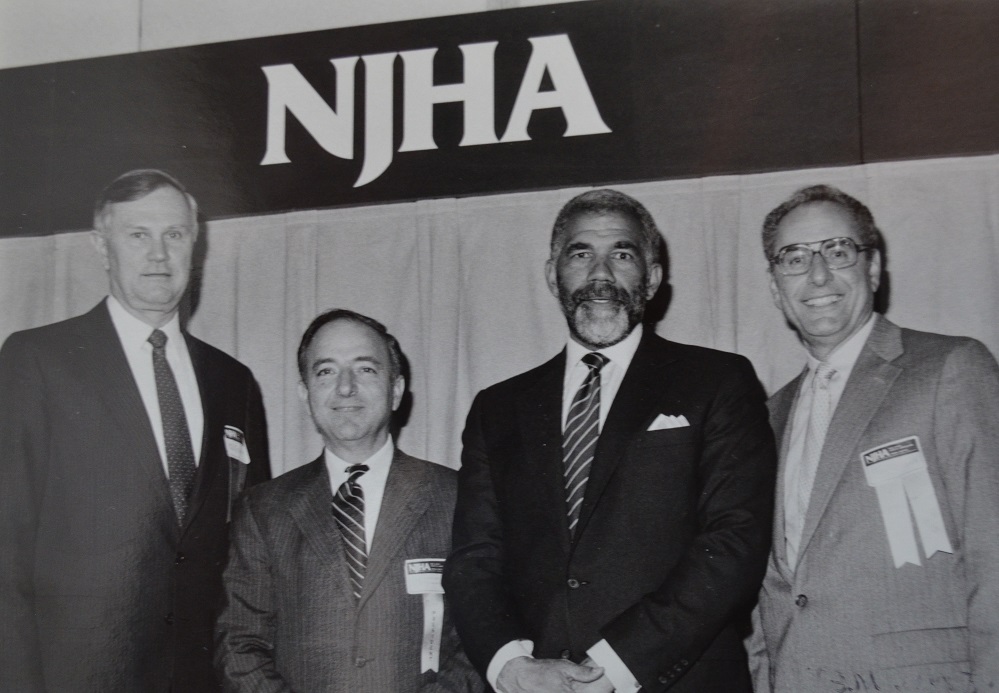
1988 NJHA Annual MeetingEd Bradley, third from left, the popular 60 Minutes correspondent, spoke at the 1988 NJHA Annual Meeting. Donald Davis, CEO of Hunterdon Medical Center and immediate-past Chair of the NJHA Board, left, is photographed with NJHA President and CEO Lou Scibetta, Bradley and incoming chair, Kenneth Courey, president of St. Clare’s Hospital in Denville.
|
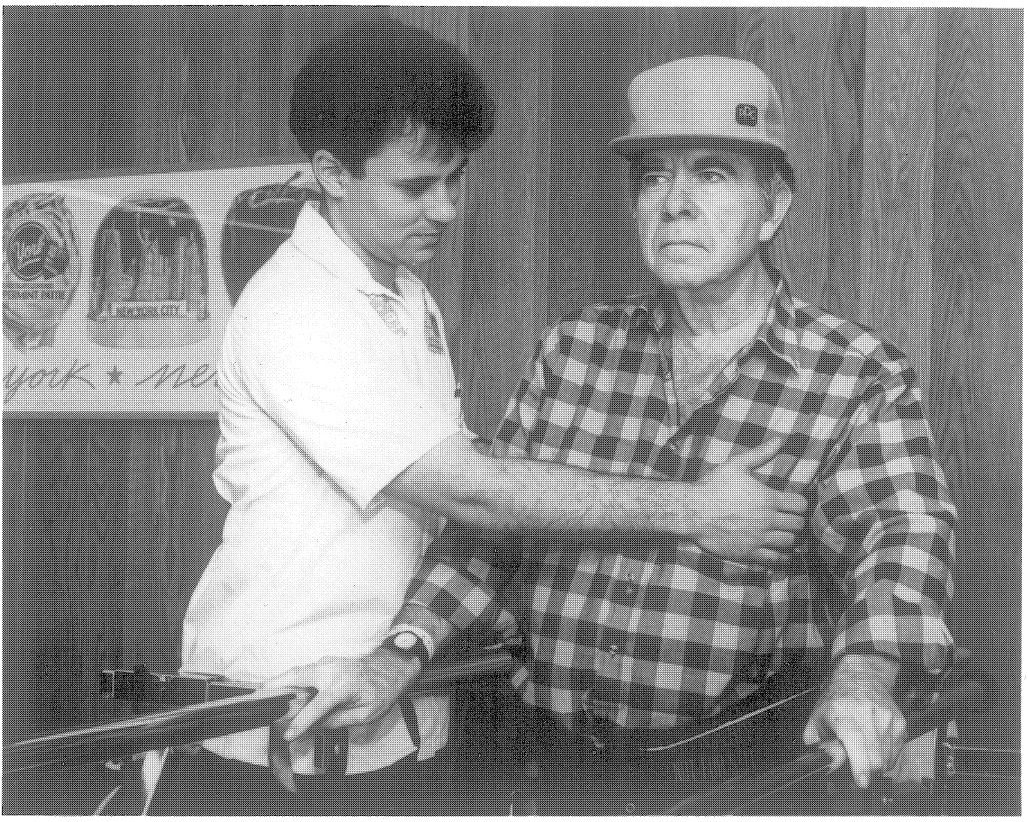
Uncompensated Care
|
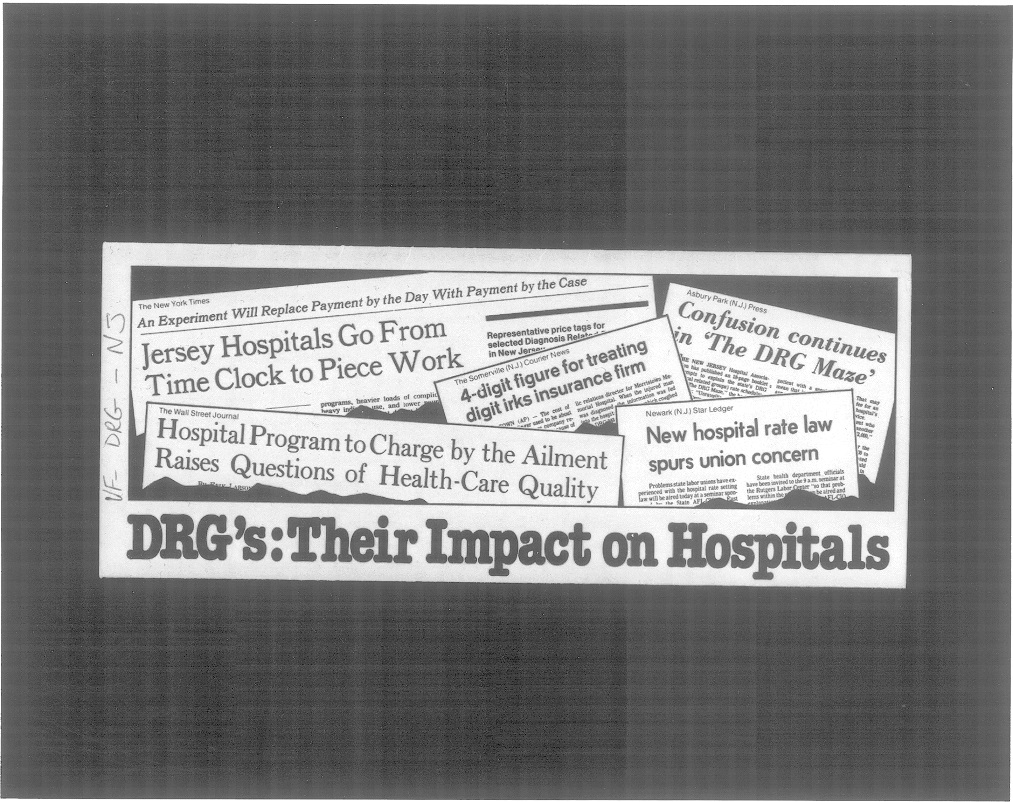
Diagnostic Related Groups
|

1981 Annual Report
|
1990
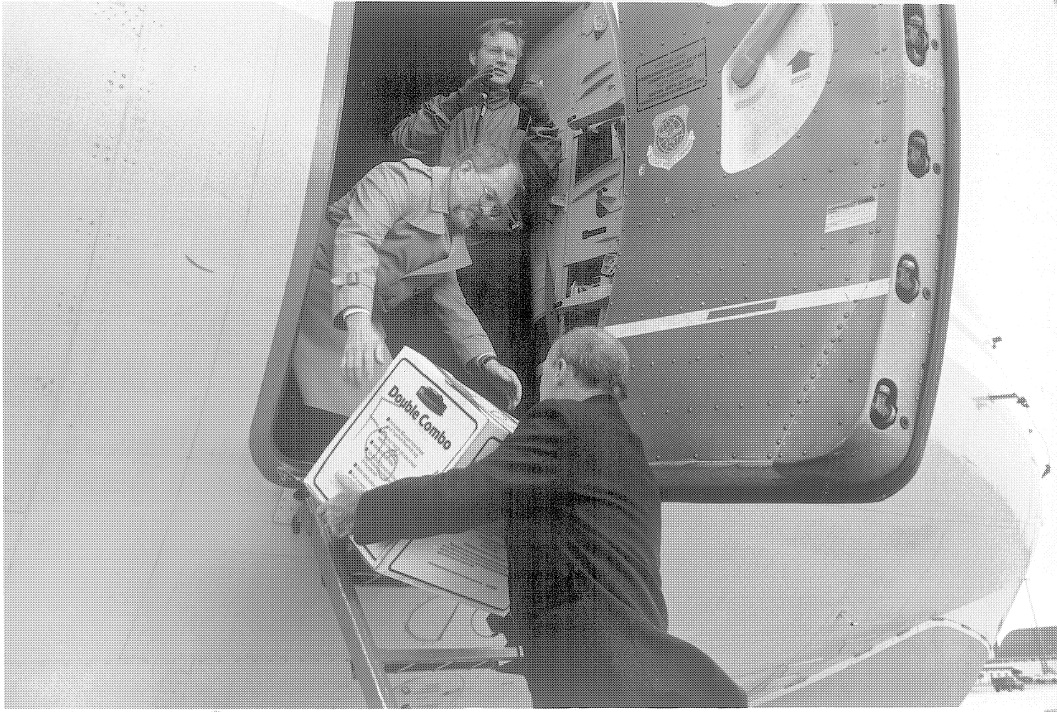
Operation Carelift
|
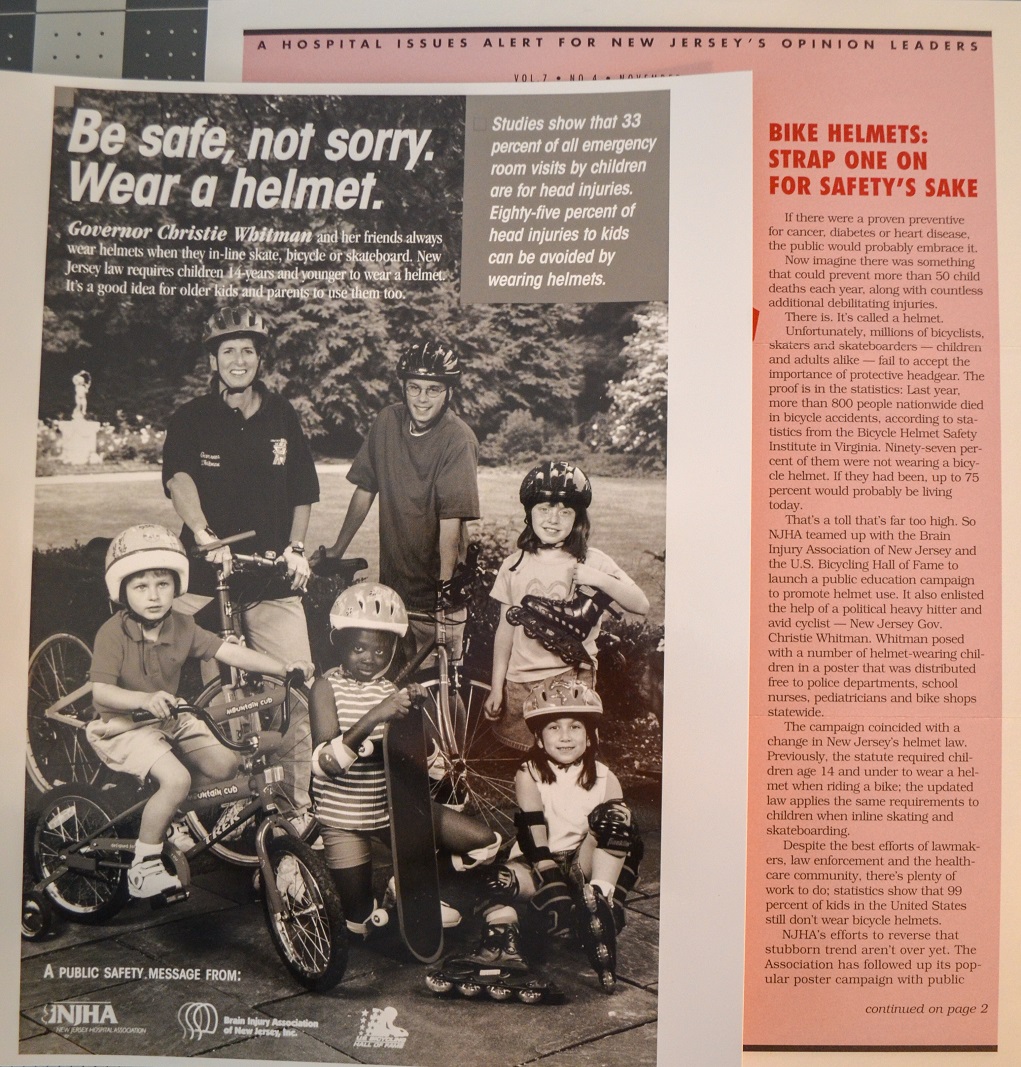
Helmet Safety
|
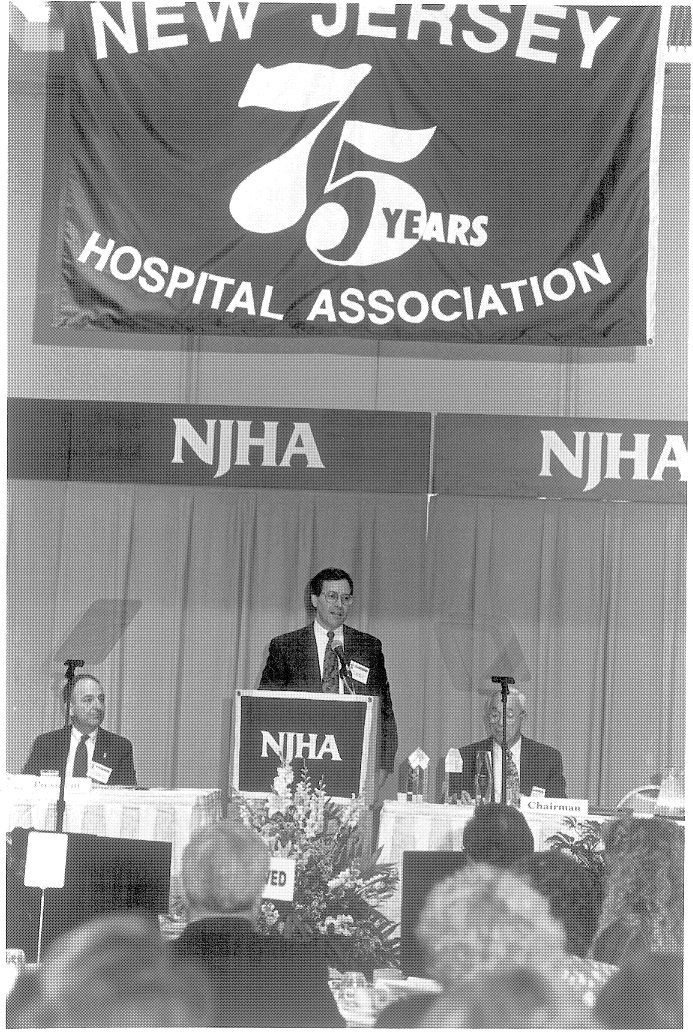
NJHA 75th Anniversary
|
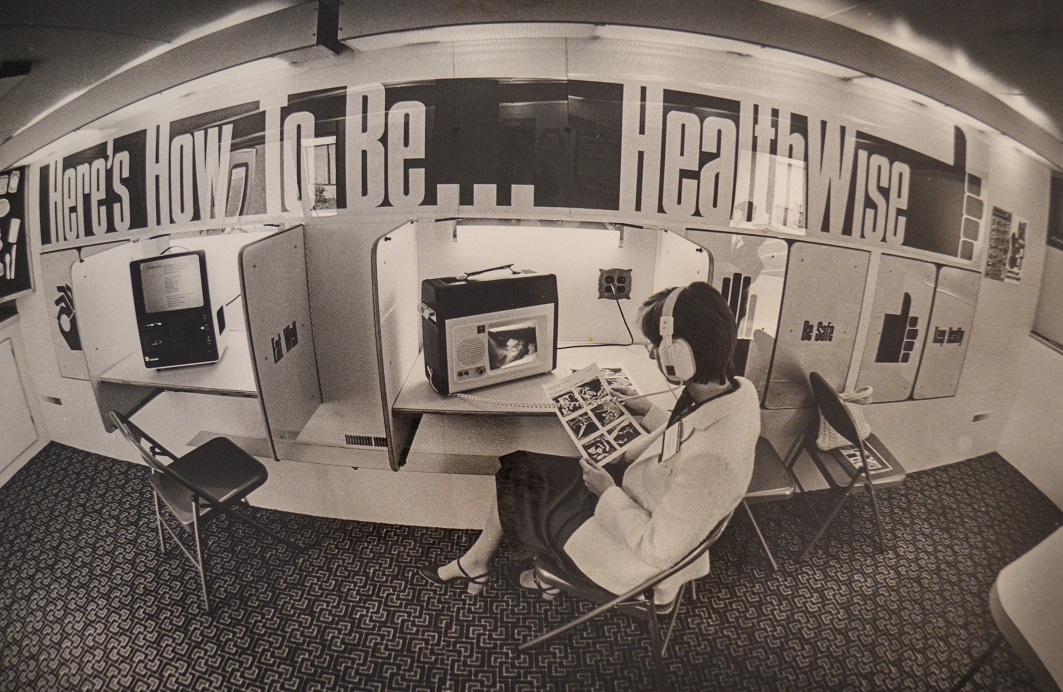
HealthWise
|

Annual Meeting
|
2000
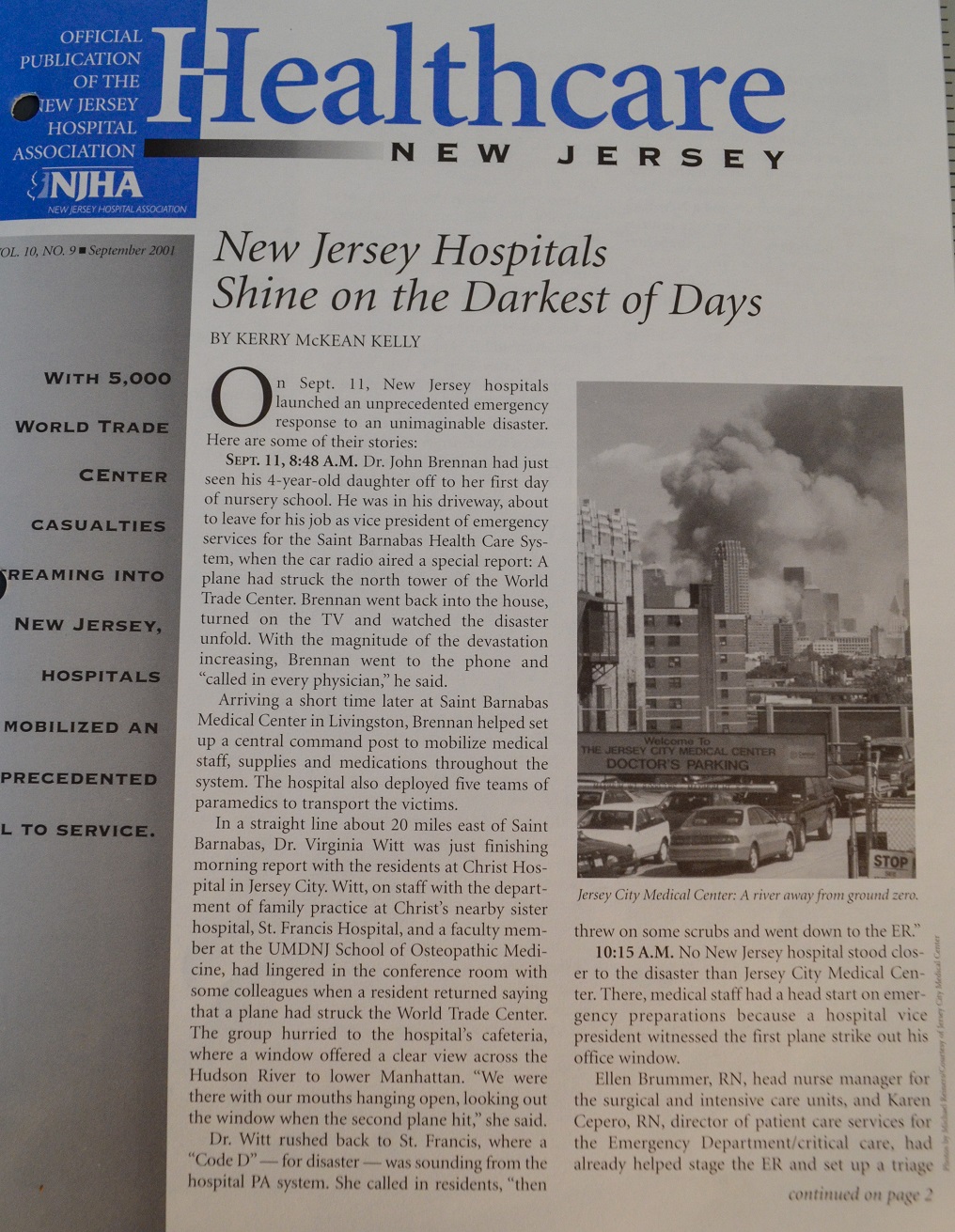
September 11, 2001
|

Torre at Annual Meeting
|
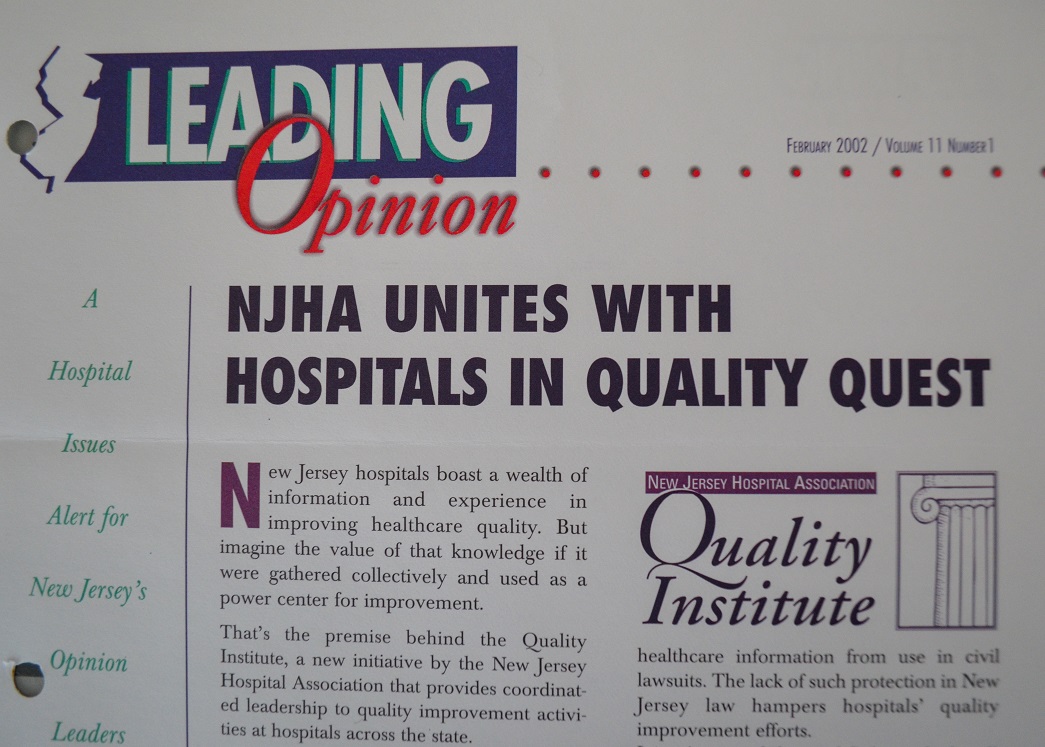
NJHA’s Quality Institute
|
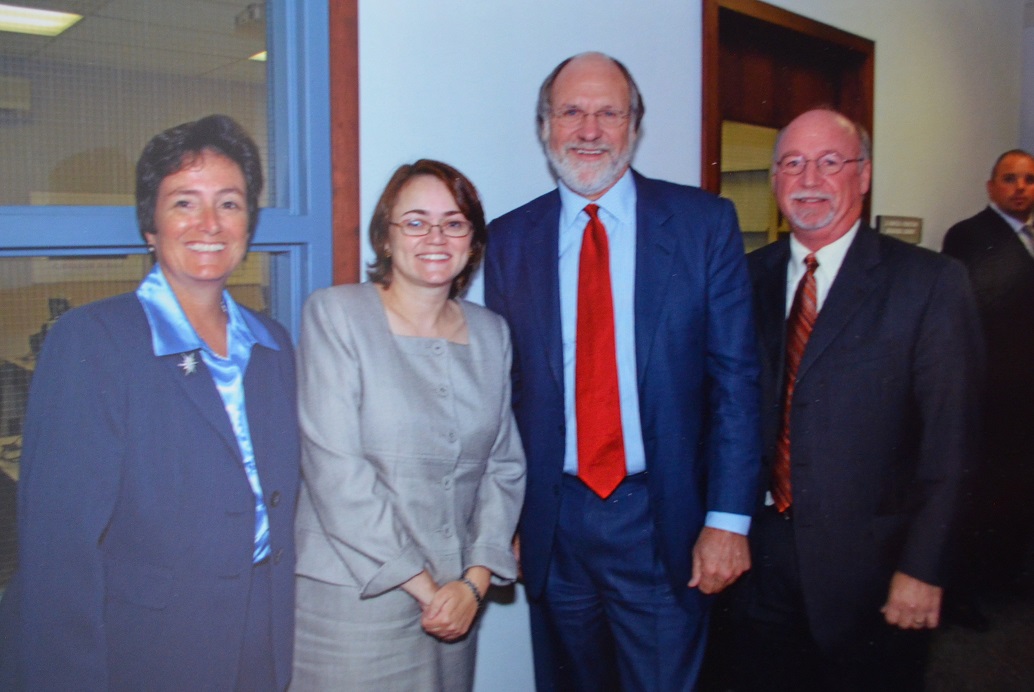
Governor’s Visit
|
2010

Jersey Strong
|
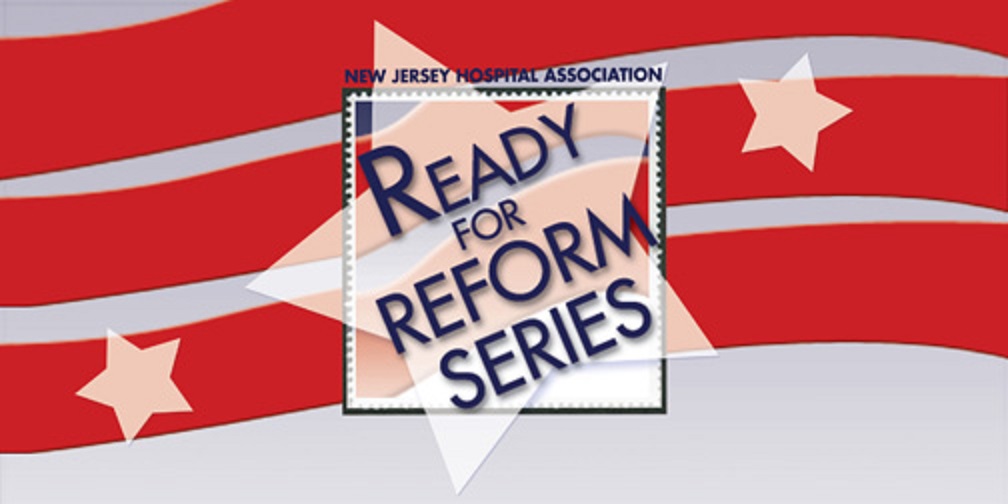
Healthcare Reform
|
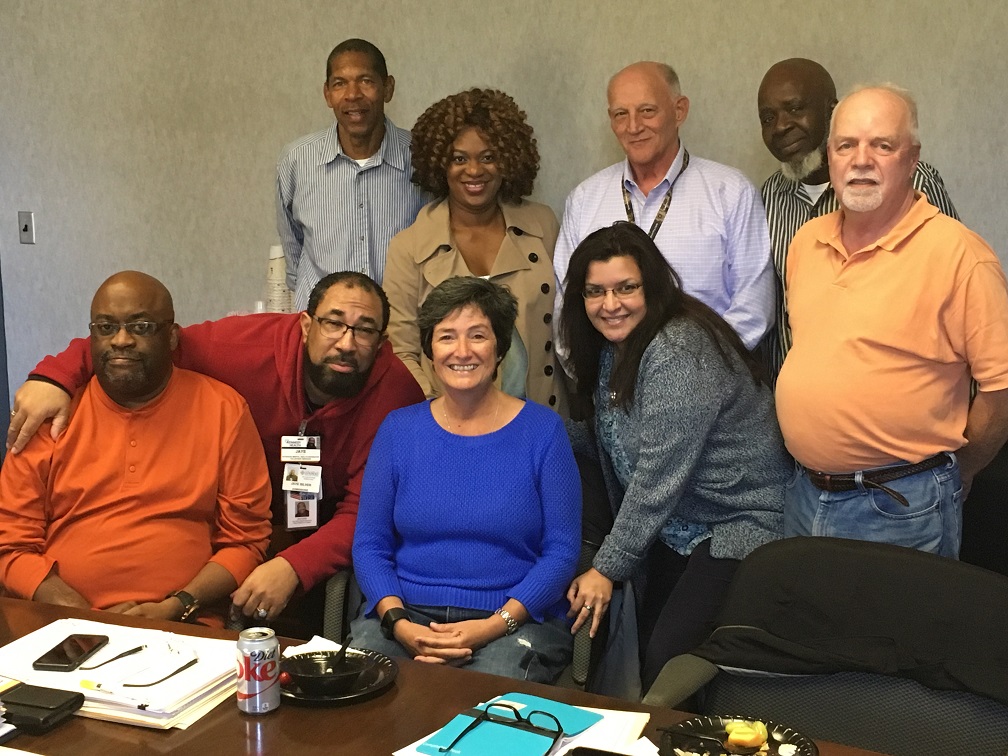
Veterans
|

New Leadership
|
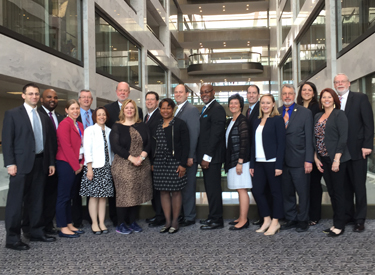
National Advocacy
|
Return to NJHA 100 Main
× ![]()